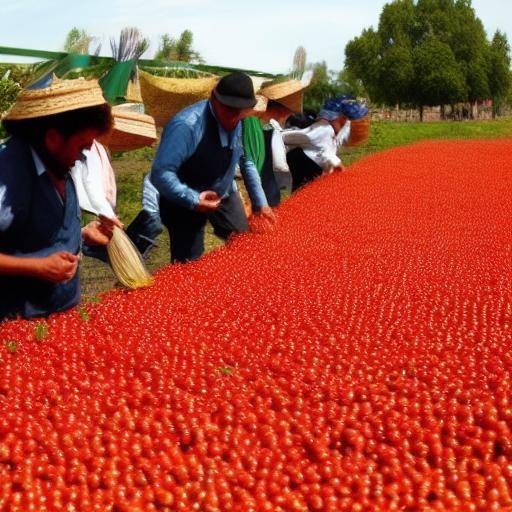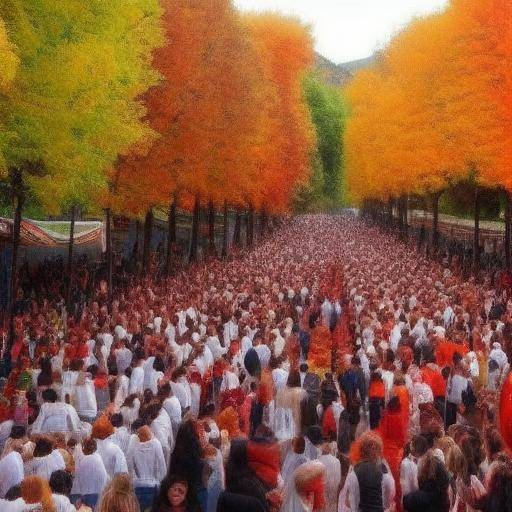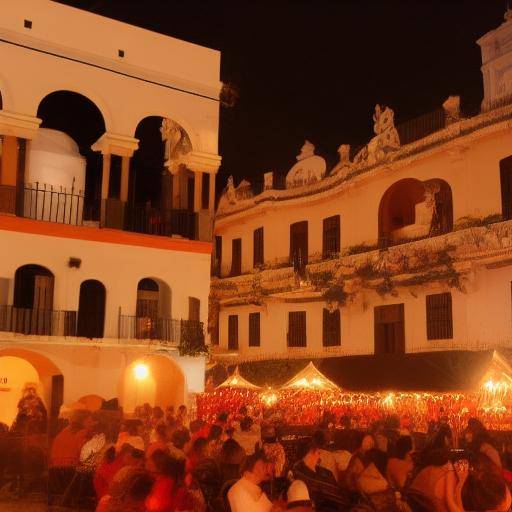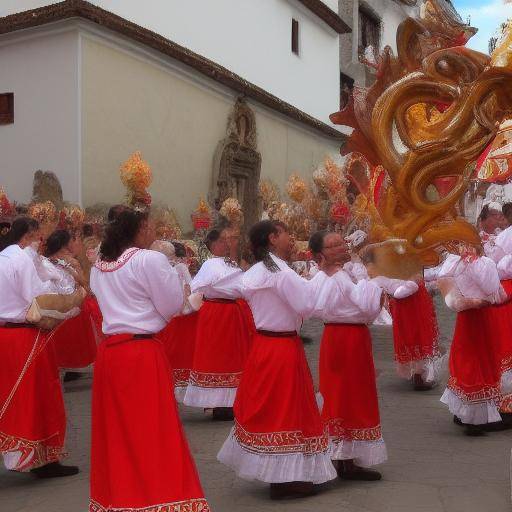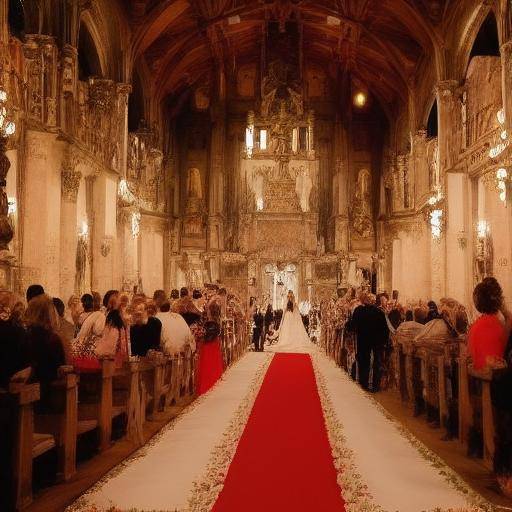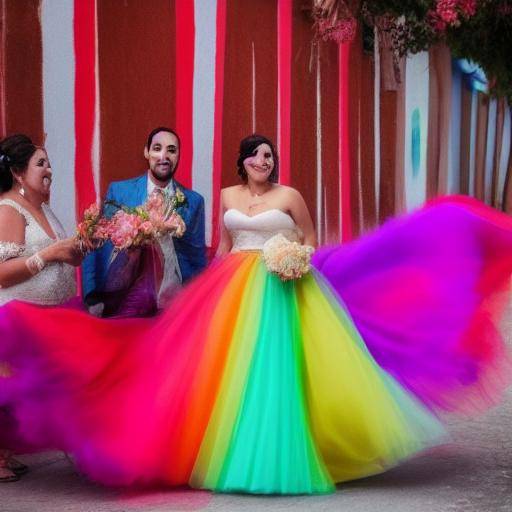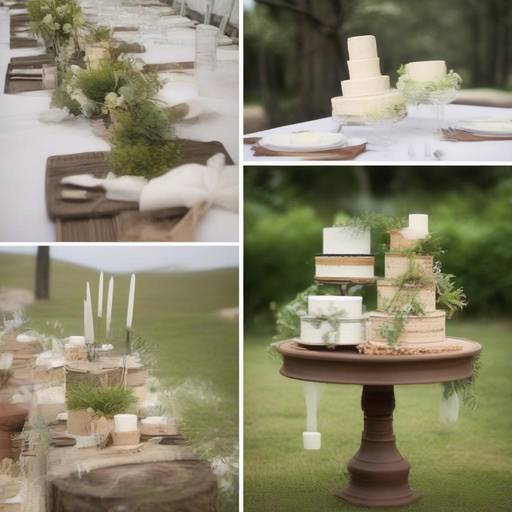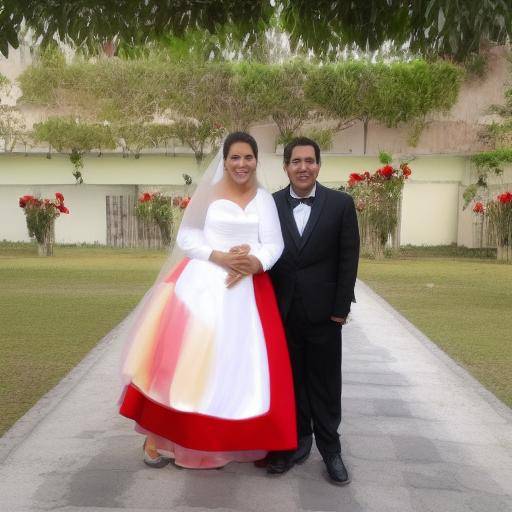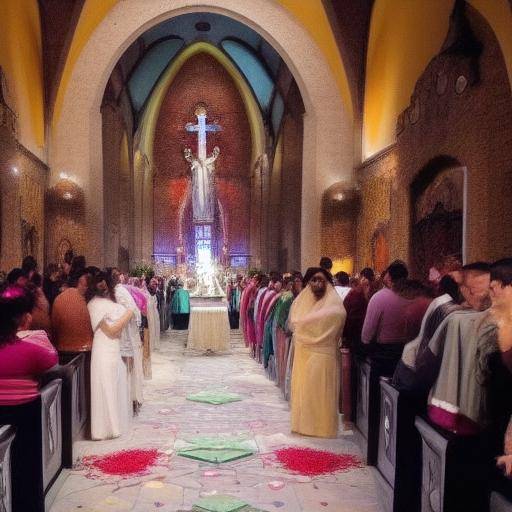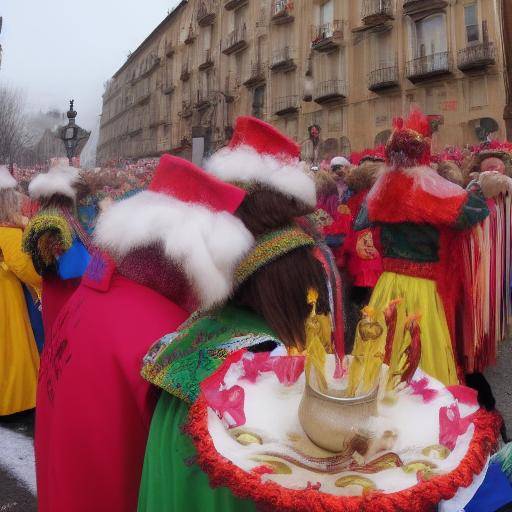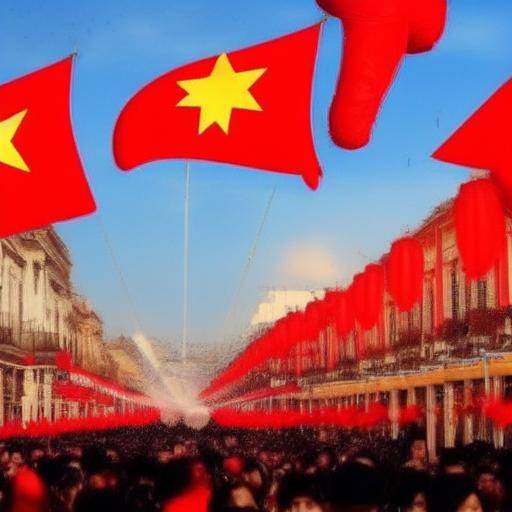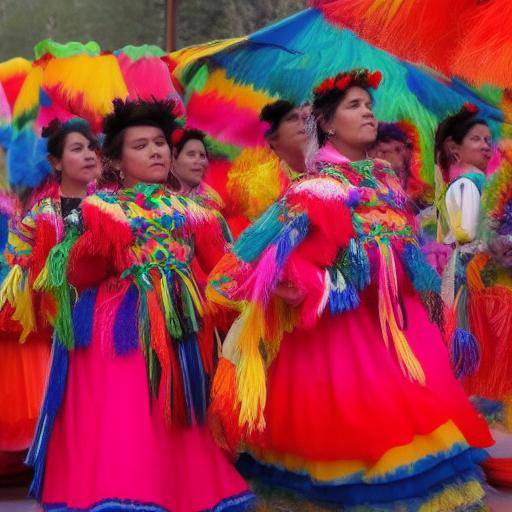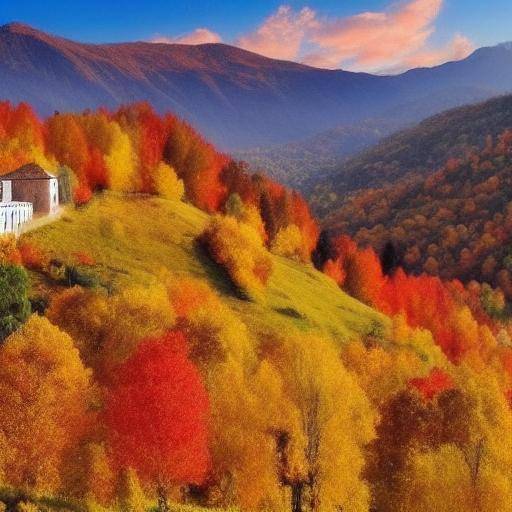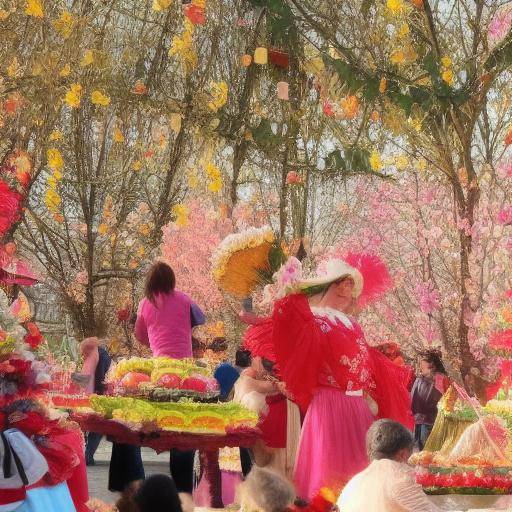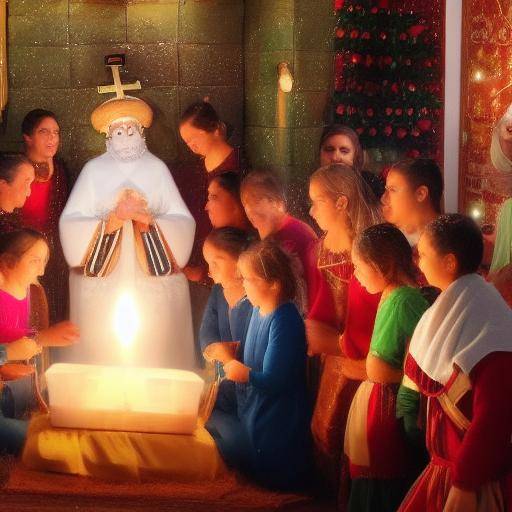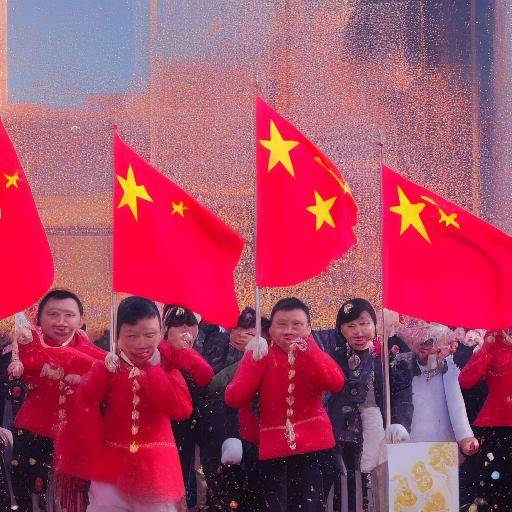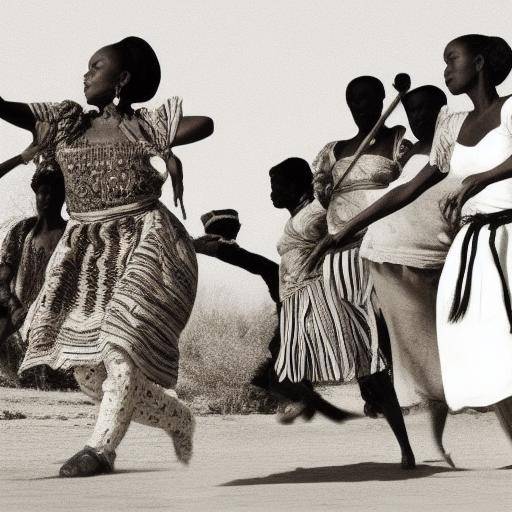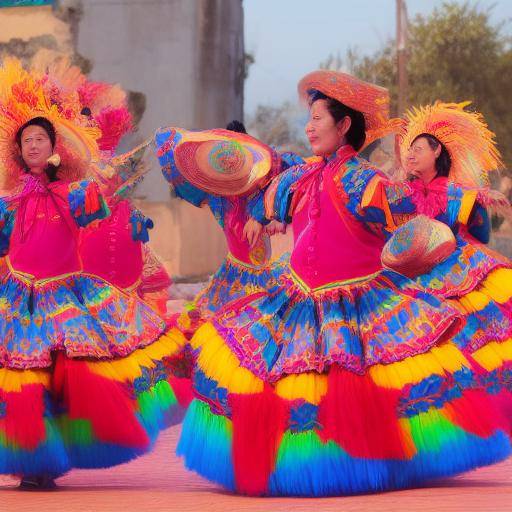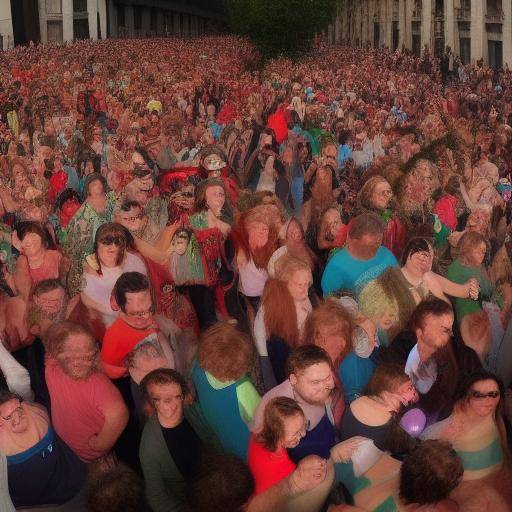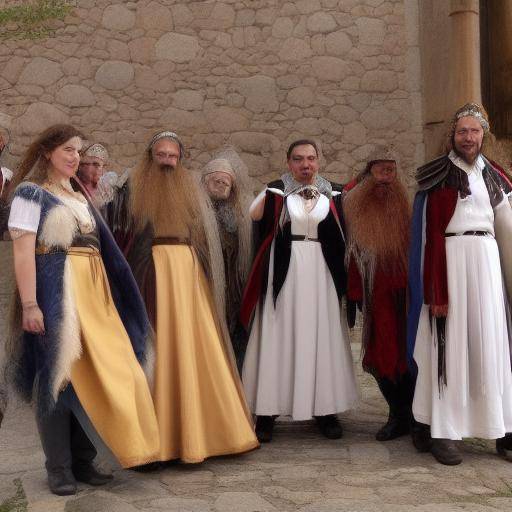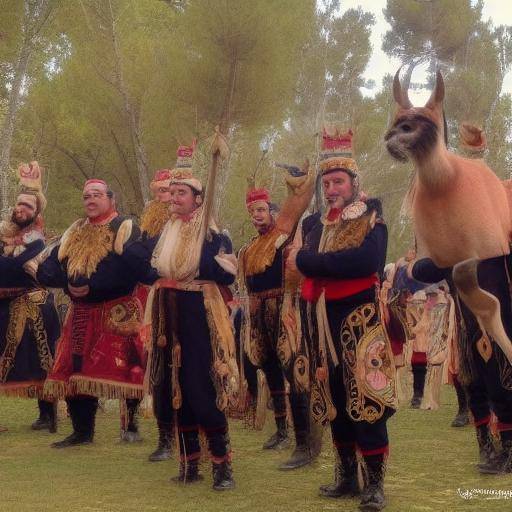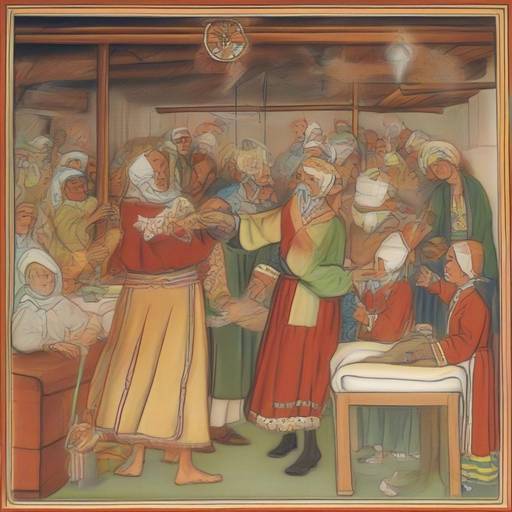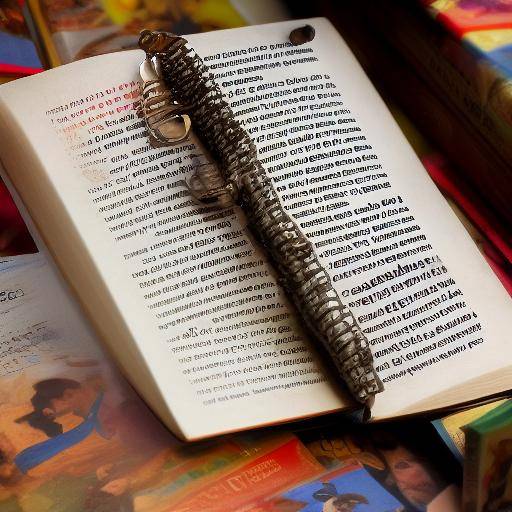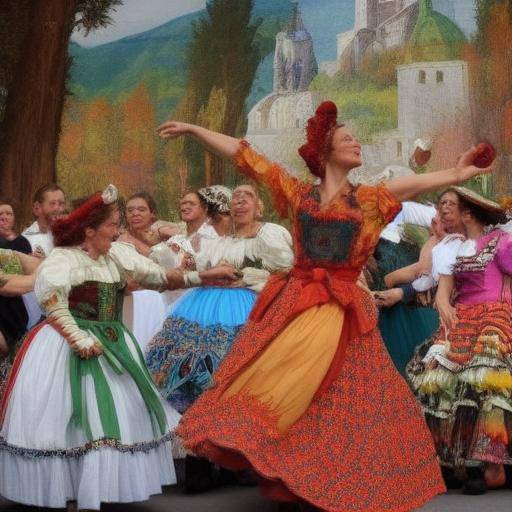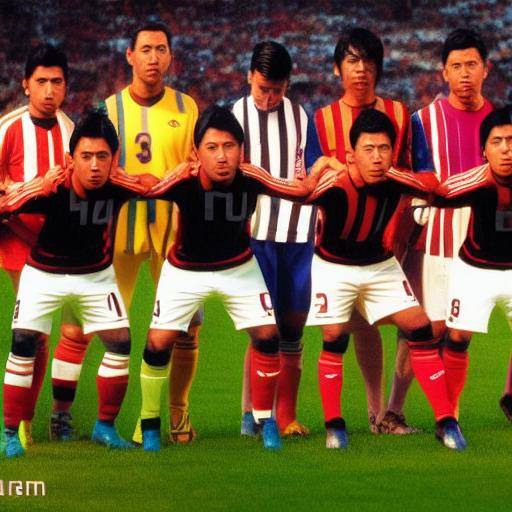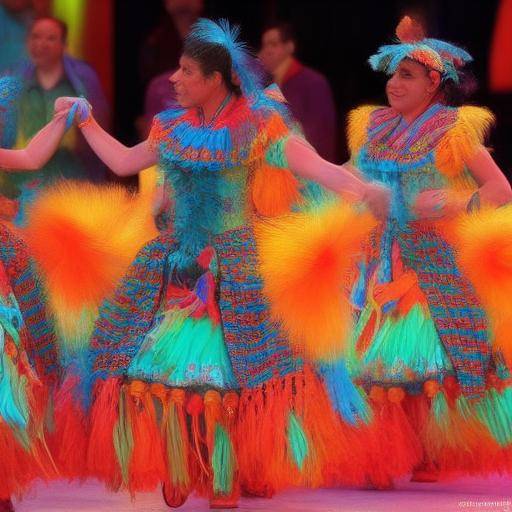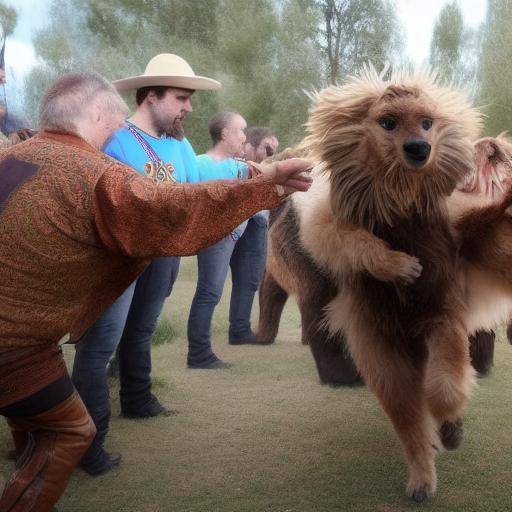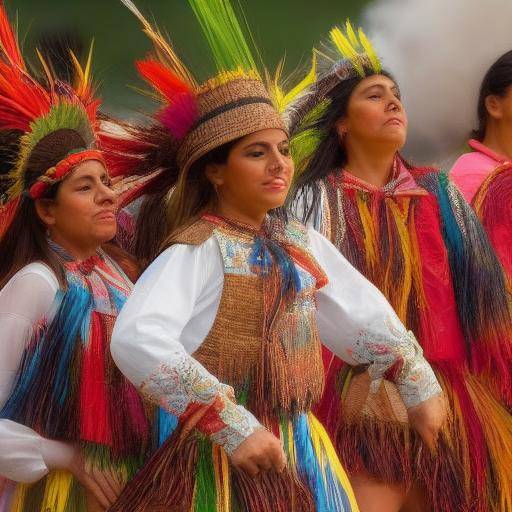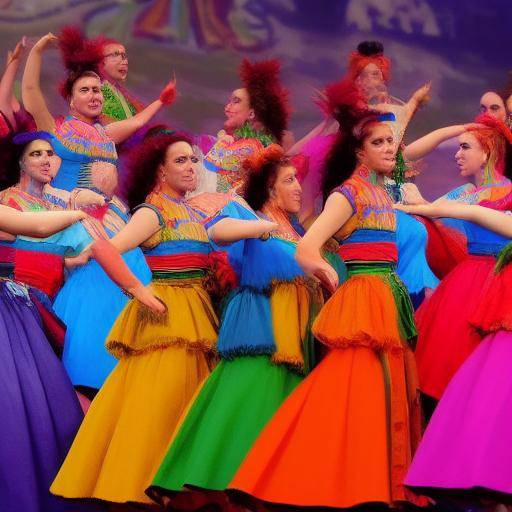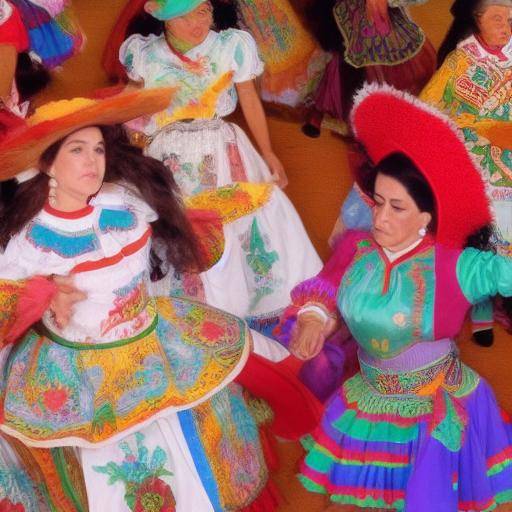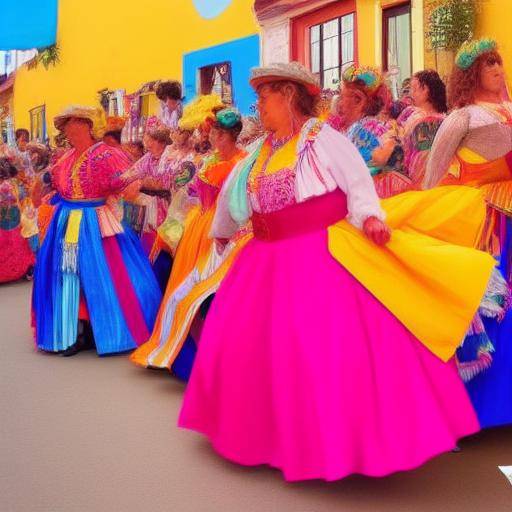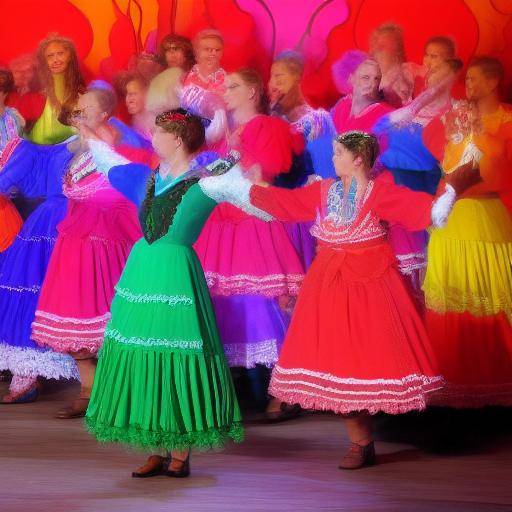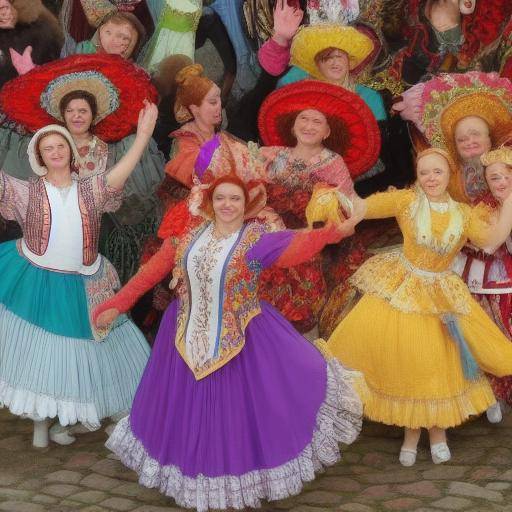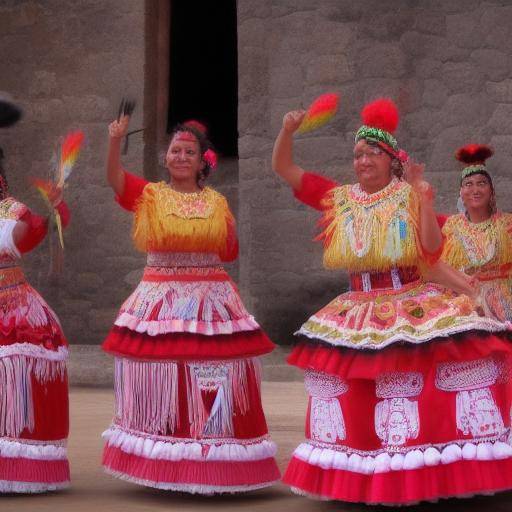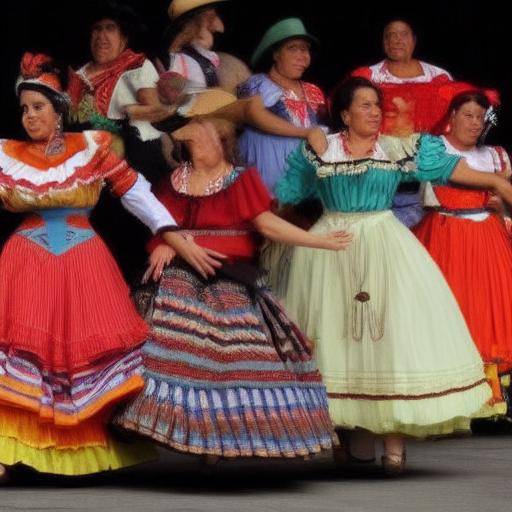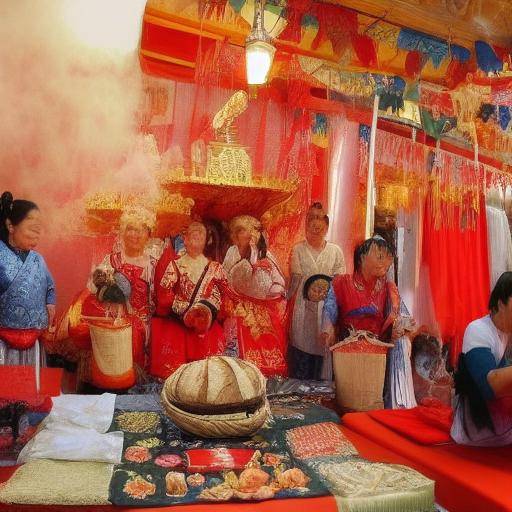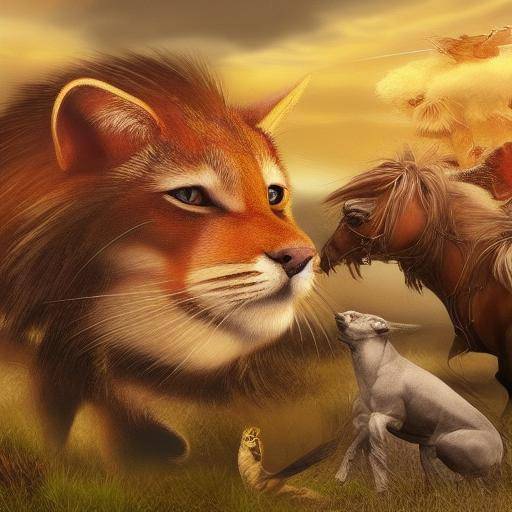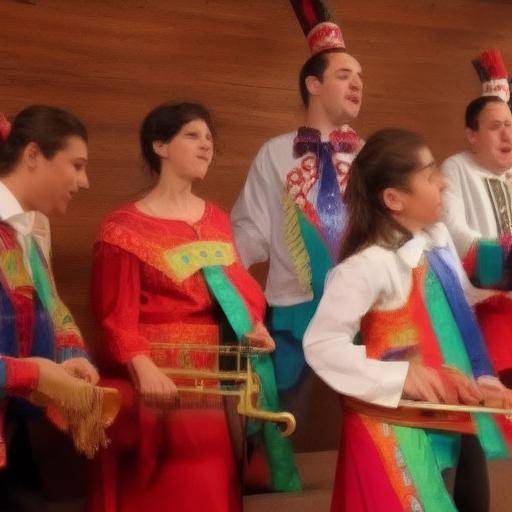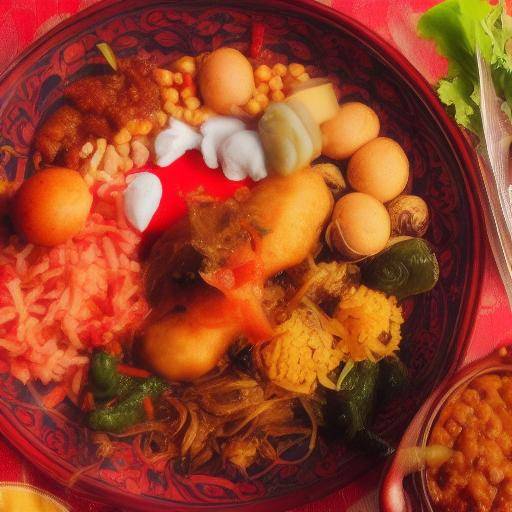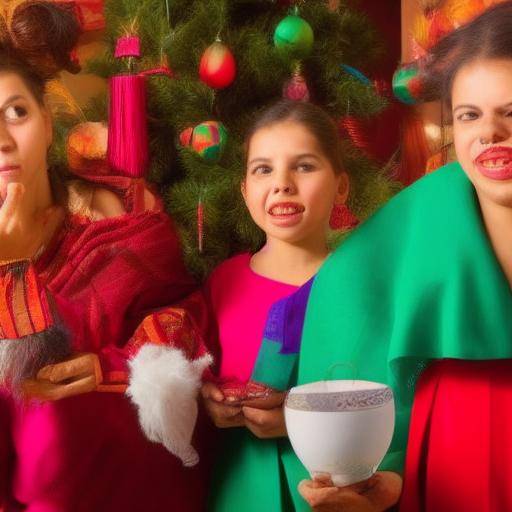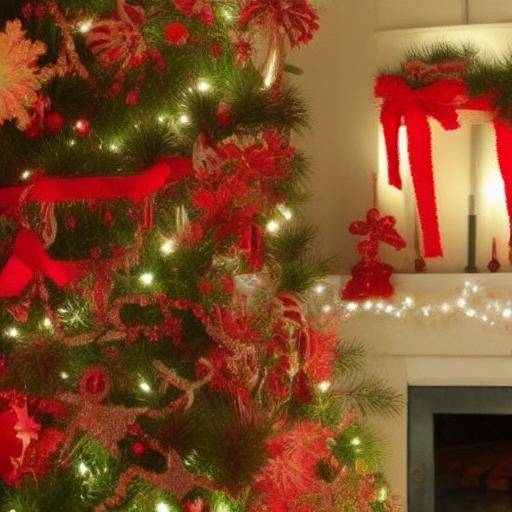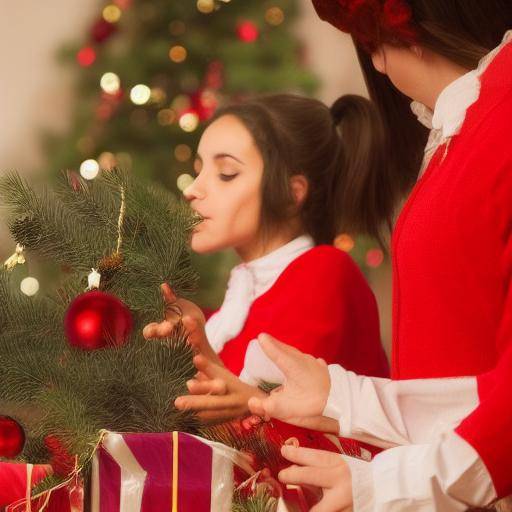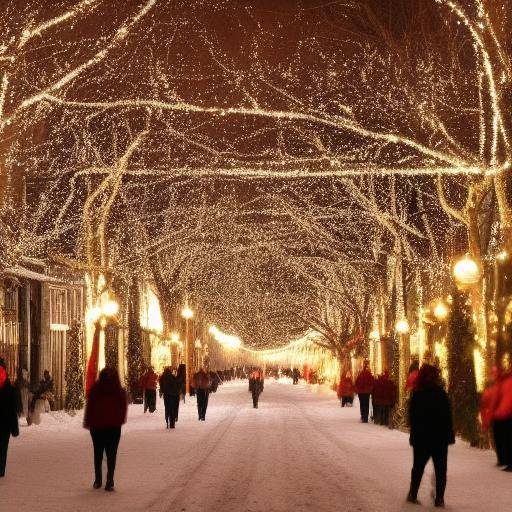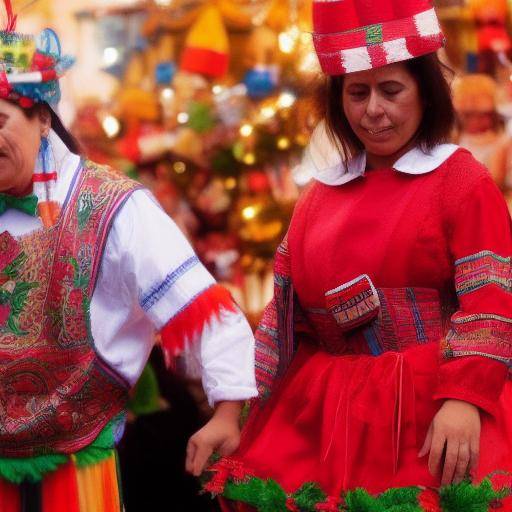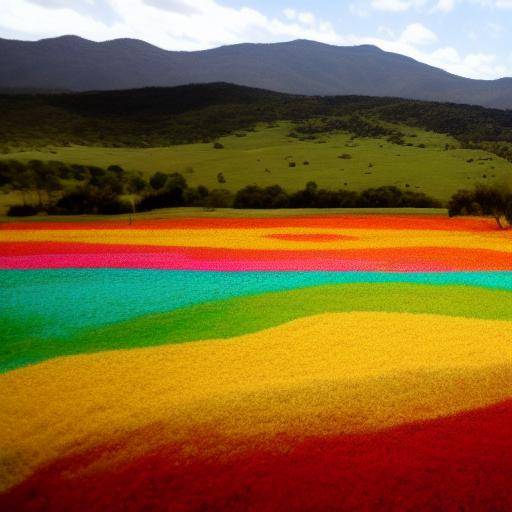
Scandinavian folklore is a treasure of traditions, myths and symbolisms that have endured over the centuries. One of the most fascinating aspects of this rich cultural heritage is the symbolism of colors and their meaning in Scandinavian beliefs and traditions. In this article, we will explore in depth the symbolism of colors in the context of Scandinavian folklore, as well as its relevance in the traditions and society of the region. From the deep historical roots to its influence in modern life, we will discover the power and beauty of the colors in Scandinavian folklore.
Introduction to colour symbolism in Scandinavian folklore
The symbolism of colors has played a significant role in Scandinavian folklore, where each colour is intrinsically linked to symbolic meanings, mythological concepts and rooted traditions. Throughout history, colors have been used in mythological accounts, ritual practices, religious artifacts and elements of nature to express ideas and convey profound meanings.
History and background of color symbolism in Scandinavian folklore
Scandinavian folklore has its roots in the ancient beliefs and practices of the Nordic, Celtic and Germanic peoples that populated the region. These civilizations attributed symbolic meanings to colors, associating them with gods, heroes, natural elements and aspects of everyday life. The symbolism of the colors in the Scandinavian folklore was manifested through clothing, decoration, art, ceremonies and mythical narratives, creating a rich tapestry of meanings that lasts until today.
In ancient Nordic beliefs, for example, red colour was linked to the concept of courage and courage, while blue represented loyalty and wisdom. These meanings were reflected in the wardrobe of the warriors, in the protective amulets and in the representations of gods and mythological entities.
Color symbolism in everyday life and contemporary traditions
Although Scandinavian folklore has evolved over the centuries, the symbolism of colors remains an integral part of everyday life in the region. The influence of colour symbolism is manifested in festive celebrations, traditional handicrafts, architecture, interior design and modern iconography. The colors still evoke deep-rooted emotions, connotations and meanings that connect contemporary society with its historical legacy.
Color symbolism in the context of Scandinavian holidays and celebrations
The traditional holidays and celebrations in Scandinavia are impregnated with symbolic colors that enrich ritual and festive experiences. From the vibrant shades of the summer solstice to the warm nuances of the autumn, each season and festival carries with it a palette of colors that reflects the essence of Scandinavian folklore. Colors play a crucial role in the atmosphere, ornamentation and symbolism of these celebrations, giving them a deep connection to the cultural heritage of the region.
Conclusion
The symbolism of colors in Scandinavian folklore is a living testimony of cultural wealth and the deep connection between history, tradition and contemporary life. Through the exploration of the symbolic meanings rooted in each nuance, a universe of beliefs, values and expressions that have endured over time and continue to enrich life in Scandinavia is revealed. Dive into these shades of symbolism and discover the power of colors in Scandinavian folklore.
FAQs
What is the most significant color in Scandinavian folklore?
The most significant color in Scandinavian folklore is red, which is associated with courage, courage and passion. This color is intrinsically linked to ancient Nordic beliefs and is reflected in the dress of warriors, ritual ceremonies and representations of mythological deities.
How are colors used in Scandinavian holidays?
The colors are used in Scandinavian holidays to create festive and ritual environments, reflecting the essence of Scandinavian folklore. Each holiday has a color palette that reflects the season and the celebration, giving a deep connection to the cultural heritage of the region.
What is the importance of colors in Scandinavian art?
The colors in Scandinavian art are of great importance, as they reflect the symbolic meanings rooted in the folklore of the region. Scandinavian artists have used the colors to express mythological concepts, the relationship with nature and traditions rooted in society.
What colors do nature represent in Scandinavian folklore?
In Scandinavian folklore, green and blue represent nature and natural elements. These colors symbolize fertility, life, harmony with the natural environment and connection with the Nordic gods associated with the earth and oceans.
How do colors influence Scandinavian interior design?
The Scandinavian interior design is inspired by the symbolic colors of the region's folklore, using natural, white and grey tones to create balanced, bright and serene spaces. The colors in interior design reflect the connection to nature and the characteristic simplicity of Scandinavian style.
What is the symbolism of color in Scandinavian ritual practices?
The colors in Scandinavian rituals have a profound symbolism, reflecting values, beliefs and the link with the Nordic mythology. Each color used in ritual ceremonies is associated with specific meanings, which enrich the experience of ancestral traditions.
These frequent questions offer a comprehensive and detailed view of the symbolism of colors in Scandinavian folklore, addressing topics related to meanings, applications and their influence on different aspects of the region's cultural and traditional life.


